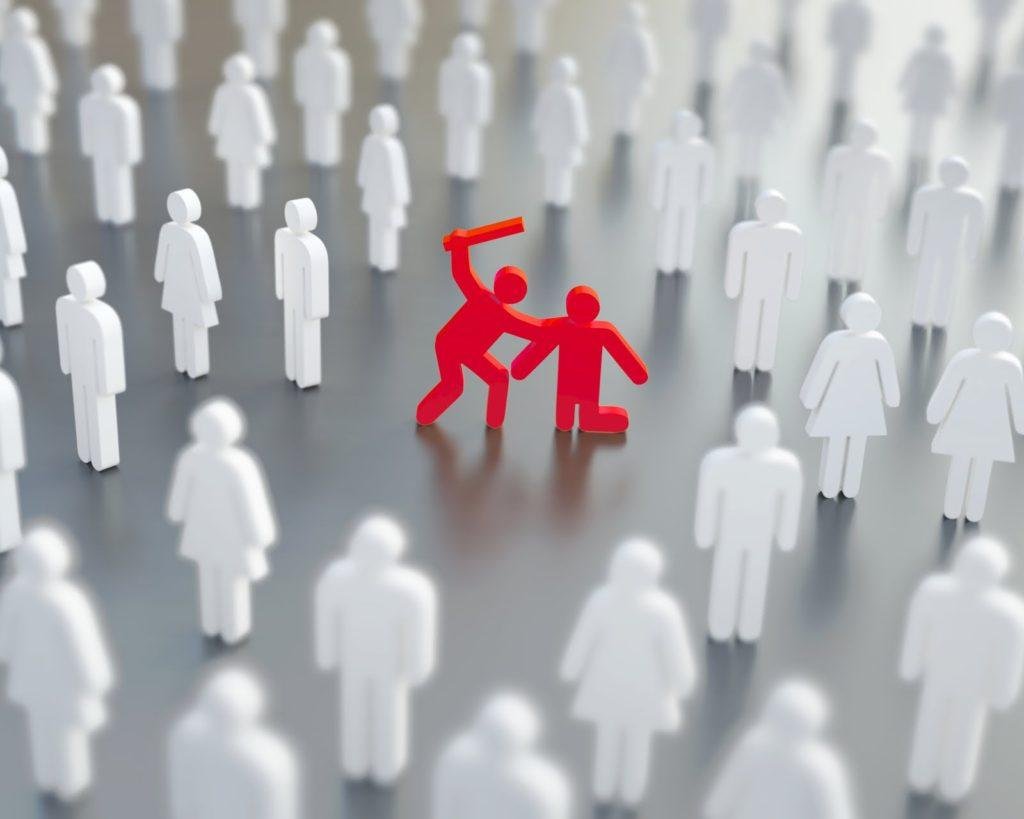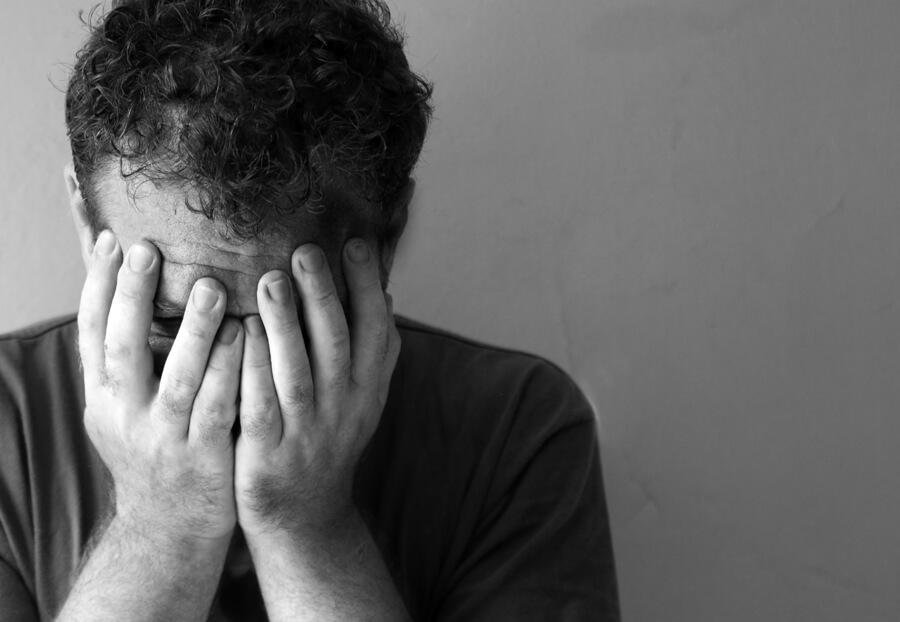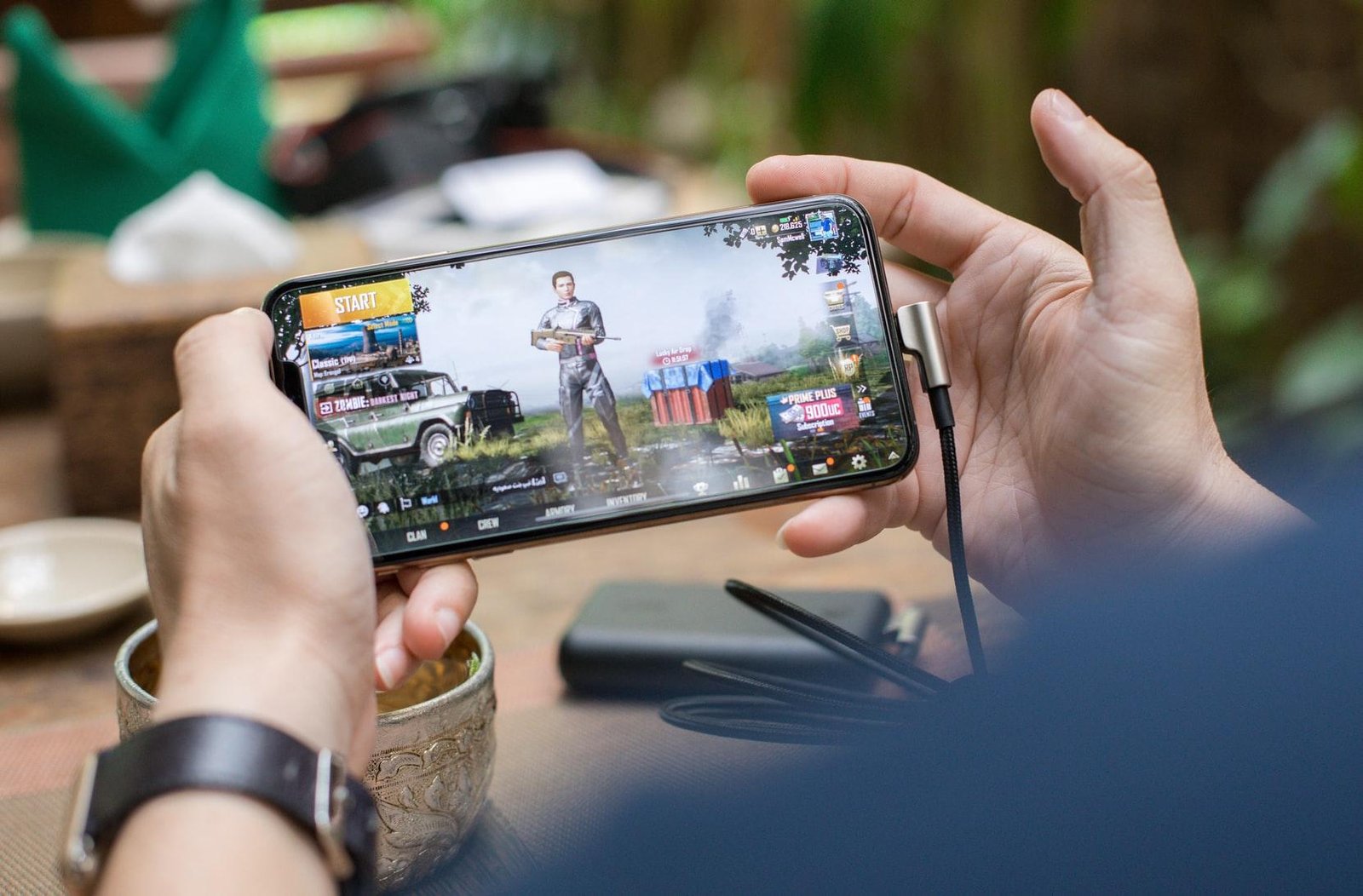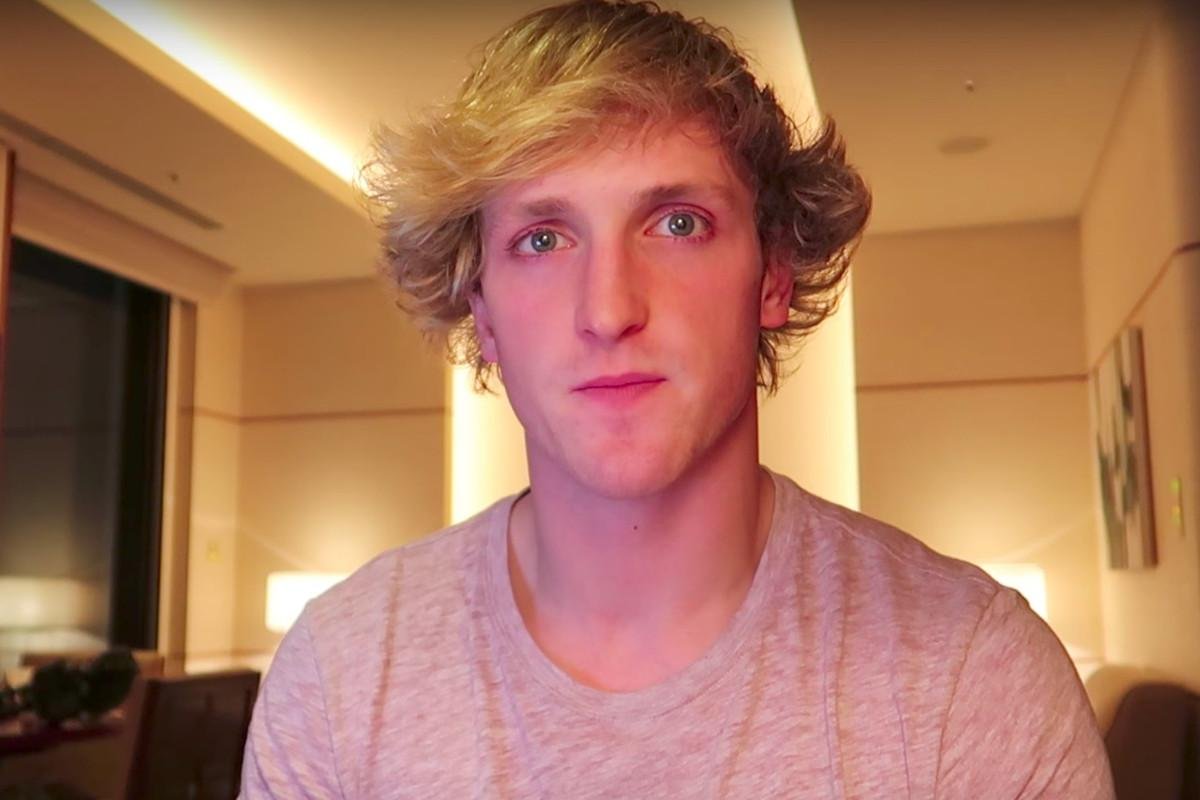The following is the recollection of a real life story.
It was Day 2 of Comic Fiesta 2016. I was waiting by the corridor with the rest of my team as we arrived before the doors were open. Most of my members were eating the pineapple jam sandwiches I made for them, wolfing them down quickly yet with a tinge of fatigue in their actions. After all, we were everywhere the day before, covering every attraction CF had planned. Two of the female cosplayers in our team were busy applying the final touches to their costumes, to make sure they looked extra nice for the photographers and crowd alike.
I noticed a very elderly man, taking a video recording of the team, especially both of the cosplayers. It was from a reasonable distance, he didn’t seem to be shady and he wasn’t targeting anyone specifically. If he was, I would definitely know and immediately introduce his face to my kneecap. I decided to monitor this old man and eventually, he went on to video the rest of the corridor.
A very small sized youth walks up to me (not even sure why he came up to me since my team is quite large) and informed me in a low, muttering voice that he suspected the old man was recording the two cosplayers in my team. He said it in a hurried tone, never made eye contact with me, spoke in a very awkward manner and quickly shambled away after relaying the information to me.
I am quite experienced in matters such as these, and what this good samaritan did was simple. He took the initiative to act on his responsibility as a caring ACG community member (there aren’t many of these folks left, sadly) as he suspected the elderly man of recording up skirt videos of the 2 female cosplayers in our team. He didn’t know that the girls were wearing safety pants (all cosplayers should do this in my opinion) but nonetheless, it took great courage for someone like him to approach me and inform me of a possible wrongdoing in the community.
I don’t know who this person is, but God bless your soul and may you never be tempted to join the dark side. Have you ever experienced something like this before? I haven’t, especially in this community where positivity is very scarce. The true story above aside, what if this upstanding young member of the community did not decide to inform me of such a thing? What would have happened then?
For one, it happens daily, all around us. Welcome to the diffusion of responsibility, ladies and gentlemen.

What is the diffusion of responsibility? Before I explain this theory that is also known as the Bystander Effect, do check out landmark cases involving this theory, namely the Shanda Sharer case, Kevin Carter’s Pulitzer winning photograph featuring a vulture and a crawling, malnourished kid, the Kitty Genovese case and the Richmond High School incident. Once you have expressed your disdain for humankind explicitly, do take note that the diffusion of responsibility happens every day, and you and I have either done it, or have been the victim of it.
The diffusion of responsibility is a psychological phenomenon where people are less likely to take action in the presence of a large group of people. While similar in principle to the spiral of silence, this problem is a very troubling one if left unchecked, not just for the future of Malaysia, but for the future of humankind itself.
The easiest way for more to explain this in Malaysian context would be the famous saying “Eh, don’t get involved in other people’s troubles lah”. If someone falls down a flight of stairs or gets hit by oncoming truck, the general consensus would be “someone else will be there to help that person out, I don’t have to help them since no one else is helping them as well” and this is a human psychological condition that seems to absolve guilt for most individuals.
Most situations that involve the bystander effect is very ambiguous due to the fact that most people will need time to process the information and make a split second a decision immediately. Multiple elements are at play here, ranging from danger, pressure, stress and even personal risk. Addressing what is going on, why is it happening and what needs to be done can prove to be a daunting task for the laymen of the world.

However, there are few instances that increase the likelihood of a bystander taking responsibility. These include :-
i) Personal attachment or relatability of the bystanders to the incident that is happening (eg: someone who has experienced a seizure before is more likely to help a stranger going through a seizure attack as well)
ii) Personal connection to the victim (eg: friend of a person being attacked or robbed)
iii) People who have undergone sufficient training to deal with that specific incident (eg: a qualified first aider in a situation where the victim has fainted)
iv) if the victim personally calls out for help to a specific member in the crowd
While all this sounds like the first few chapters of the best manga series now (Boku No Hero Academia in case you were wondering, and if you disagree, all I can say is that it must be sad to be wrong all the time), diffusion of responsibility also exists in multiple other forms.
Working together but someone in the team is not giving their all? People claiming that they were following orders when they refuse to take responsibility for their actions? All these examples given are also a form of responsibility displacement. The Nazi Holocaust is another great example of this concept that should be ingrained into everyone’s mind by now.
So how do we move away from this social loafing? It’s food for thought on an exciting Monday. Till next time, stay gold.












